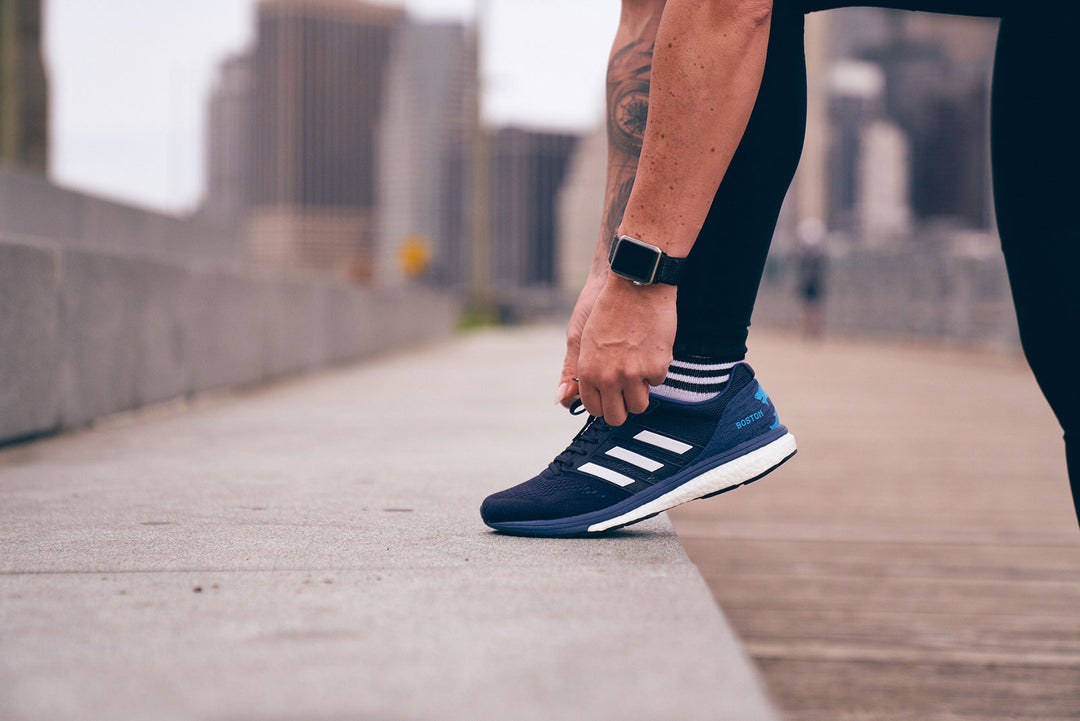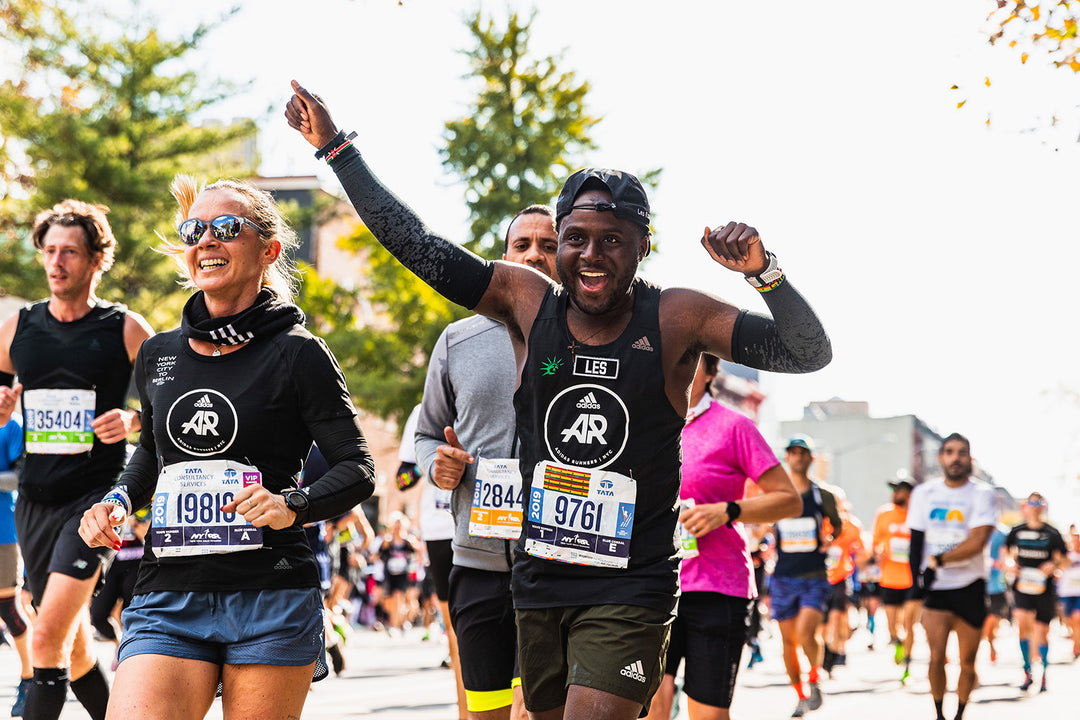Top 7 Ways to Treat Your Runner’s Knee
Last Updated:Although runner’s knee is quite common among runners, it’s not really one specific injury. It’s actually a broad term that is used to describe knee pain that runners can experience for many different reasons. If you see a doctor for your runner’s knee, he will probably call it patellofemoral pain syndrome. Today you will find out what is the fastest way to get rid of runner's knee?
Can runner's knee cause permanent damage?
There are several things that can cause a flare-up of runner’s knee. One of the most common causes is overuse from bending your knee repeatedly or doing too much high-stress exercise. Lunges and plyometrics are both high-stress exercises that could cause runner’s knee. This type of overuse causes irritation to the tissues in and around the kneecap. Falling down on your knee or taking a direct blow to the knee is another possible cause. Some less common medical conditions may cause knee pain, too. Chondromalacia patella, which happens when the cartilage under the kneecap breaks down, is much less common but can be very painful. Even problems with the feet, thigh muscles, or bones in your hips and ankles can cause runner’s knee. Here’s how runner’s knee is diagnosed and treated, and how you can prevent a flare-up in the future. How long does it take for runners knee to heal? The cure of a runner's knee may take up to 6 weeks.Diagnosing Runner's Knee
What does runner's knee pain feel like? The main symptom of runner’s knee is a pain. It will usually start in the front portion of the kneecap, but it may eventually work its way around and behind it. The pain will get worse when you get up out of a chair, walk down the stairs or down a hill, kneel, squat, or even bend your knee just to walk. You may notice some swelling of the knee, and some people feel a grinding sensation or hear a popping sound when they bend their knee. If you see a doctor, he may do an x-ray of your knee so that he can look at the joint itself.The Top Seven Ways to Treat Your Runner’s Knee
Thankfully, there are a lot of things you can do to get some relief from the pain while your knee heals. For many people, these strategies will also speed up recovery times, so they can get back to their regular workout schedule sooner. So let's find out what is the fastest way to heal runner's knee? #1 Rest the knee. First and foremost, you must rest your knee so that it can heal. Can I run on runner's knee? Avoid doing any type of activity that causes pain. That means no running, no lunges, no squats, and no standing for extended amounts of time. Sometimes, even sitting for a long time can make it hurt worse. Whatever the activity is, if it causes pain, don’t do it until the injury is completely healed! #2 Ice is your friend. Ice is a great way to treat pretty much any sports-related injury. It can help to reduce the swelling and inflammation that’s causing the pain. Reducing inflammation will also help the injury to heal faster. Try icing your new for about 20 minutes at a time, every three hours or so, until the pain is completely gone. #3 Provide some support. Providing some support for your knee can really help to provide some relief for the pain, and it may even help it heal faster. Try wrapping your knee with an elastic bandage or wearing a knee brace to give it some extra support. #4 Elevate your knee. Elevating the knee can help to reduce the swelling in the joint. If you’re sitting, try putting your leg up on a chair to keep it elevated. When you’re lying down, putting a pillow underneath the knee to raise it up can really help. #5 Wear arch supports. Sometimes, knee pain can be caused by something else that seems totally unrelated, like the position of your feet. Consider buying some arch supports to put in your shoes to see if that helps your knee heal. #6 Give acupuncture a try. Acupuncture is widely recognized for its ability to treat chronic and acute pain, and runner’s knee is no exception. Pro-rated acupuncture specialists tell us that “acupuncture relieves pain by improving blood circulation to the affected area.” That makes it useful for “reducing stiffness and inflammation in the joints and for releasing tight muscles.” It’s also safer than taking NSAIDs for the pain. Although over the counter medications like ibuprofen or naproxen can help, they can also have serious side effects. #7 Surgery should be a last resort. If your knee still hasn’t healed after you’ve tried all of these techniques, it may be time to talk to your doctor about seeing an orthopedic surgeon. Although most people will get relief without surgery, in some rare cases, it may be required. An orthopedic surgeon can correct the way your kneecap is positioned by removing or even replacing damaged cartilage. This will spread the stress on your kneecap out more evenly, relieving the pain and allowing it to heal.How Can I Prevent Runner's Knee?
While you’re waiting for your knee to heal, you should switch to a form of exercise that won’t put stress on the joint, such as swimming. Once you can bend and straighten your knee without any pain, you can resume your regular workouts. However, there are some steps you should take to prevent a recurrence of runner’s knee. Start by building up the muscles in your thighs so that they can take some of the stress off your knees. If you want to do squats or lunges, incorporate them slowly and only do a few at a time. Be sure to warm up by stretching before you work out to prevent injury. Avoid running on hard surfaces such as concrete. Wearing quality, supportive running shoes can make a huge difference. Once your shoes start to wear out or lose their shape, replace them. Wearing arch supports may also help. You should also consider wearing a knee brace during your workouts to see if it helps. Sometimes, seeing a physical therapist can help, so talk to your doctor to see if that’s a good option for you. Runner’s knee can be very painful. Thankfully, it can be treated and healed, usually without the need for surgery. Employing these seven strategies will get you back to your regular running routine as quickly as possible.
Why you can trust Sabrina Wieser
Runningbrina is committed to bringing you unbiased ratings and information. Her editorial content is not influenced by advertisers. Sabrina uses data-driven methodologies to evaluate all products, so all brands are measured equally.
- Most featured running blog, past 6 years
- USATF certified running coach
- Experienced endurance athlete
- 7 marathons








